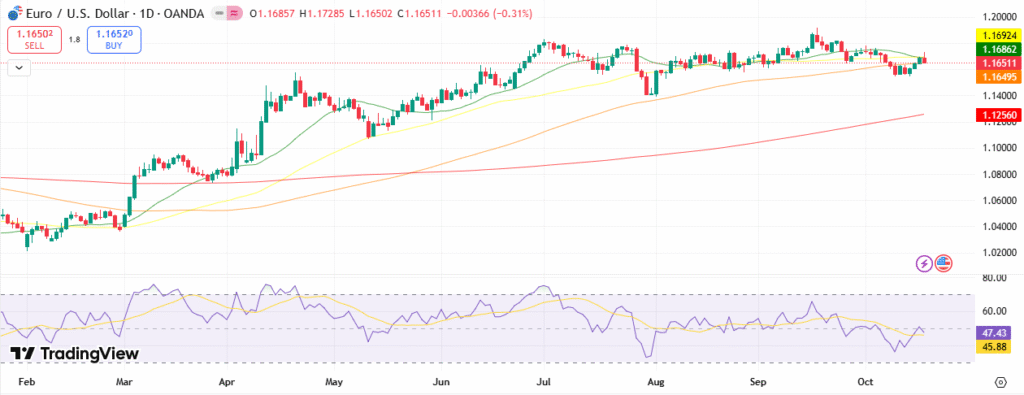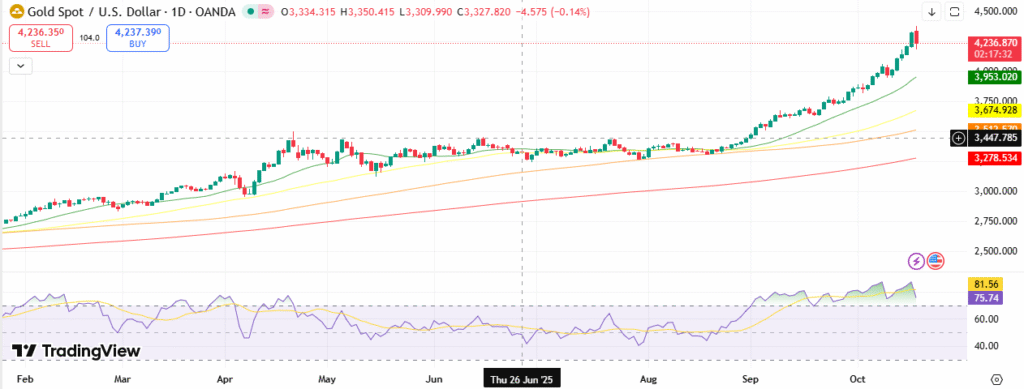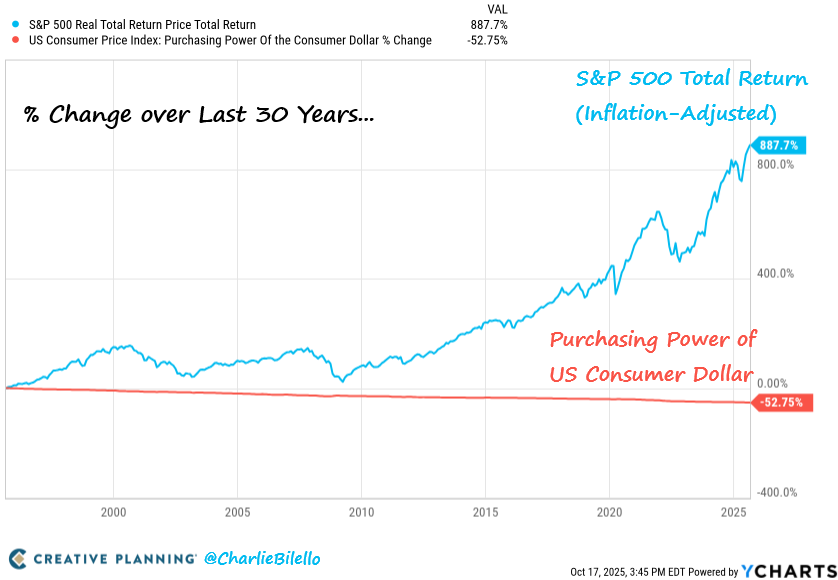The Nasdaq Composite entered a new bull market earlier this year, and history says the technology-heavy index could soar in 2026 (and beyond).
The Nasdaq Composite (^IXIC 0.52%) peaked in December 2024, and then dropped sharply when President Trump began imposing tariffs in early 2025. The technology-heavy index slipped into bear market territory and reached a bottom on April 8, when it closed 24% below its record high.
That low point marked the beginning of a new bull market — the Nasdaq’s seventh bull market since 1990 — and history says the index will deliver monster gains in the coming years. Here’s what investors should know.

Image source: Getty Images.
History says the Nasdaq Composite could soar in 2026 (and beyond)
The Nasdaq Composite is one of three major U.S. stock market indexes. It measures the performance of about 3,300 companies listed on the Nasdaq Stock Exchange. The index is most heavily weighted toward the technology (64%) and consumer discretionary (17%) sectors, and is commonly considered a benchmark for growth stocks.
The Nasdaq Composite recently entered its seventh bull market since 1990. Importantly, while the definition of bull market varies from source to source, it typically means a stock market index has advanced 20% from the previous bear market low, and reached a new record high. I will use that definition in my analysis.
Past results are never a guarantee of future returns, but historical patterns can still provide valuable insight. So, the chart shows important facts about the last seven Nasdaq bull markets: when each one started, how much the index gained, and how long each one lasted.
|
Bull Market Starts |
Return |
Duration (Days) |
|---|---|---|
|
Oct. 16, 1990 |
519% |
2,834 |
|
Oct. 8, 1998 |
256% |
516 |
|
Oct. 9, 2002 |
628% |
5,805 |
|
Dec. 24, 2018 |
52% |
422 |
|
March 23, 2020 |
134% |
606 |
|
Dec. 28, 2022 |
98% |
719 |
|
Average |
281% |
1,817 |
Data source: YCharts. Table created by author.
As shown, the Nasdaq Composite returned an average of 281% during the seven bull markets since 1990, and it achieved those returns over an average of 1,817 days, which is approximately five years. That means the index compounded at 33% annually during the average bull market in the last 35 years.
I’d like to explain one oddity in the chart. The bull market that began in October 2002 lasted nearly 16 years and ran through the Great Recession. How is that possible? It took 15 years for the Nasdaq to reach a new high after the dot-com bubble burst in 2000.
Specifically, the Nasdaq peaked in March 2000, then plummeted 78% by October 2002. In hindsight, that was the start of a new bull market, but the index did not hit a new high (meaning the bull market was not official) until April 2015. The Nasdaq fell sharply during the Great Recession, but never retested its dot-com crash low, so the index never technically entered a bear market.
Beyond that, the chart tells us two things. First, the Nasdaq has returned an average of 31% annually during bull markets since 1990. That means the index will advance 31% in 2026 if its performance aligns with the historical average.
Second, the current bull market began on April 8, 2025, and the Nasdaq has gained 49% in the six months since then. History says the bull market will run for another four-and-a-half years, during which the index will advance another 232% (i.e., 281% minus 49%).
Investors can buy a Nasdaq index fund to capitalize on the bull market
The Invesco QQQ ETF (QQQ 0.73%) measures the Nasdaq-100 index, which includes the 100 largest nonfinancial companies in the Nasdaq Composite. Like its benchmark, the index fund is most heavily invested in technology stocks and consumer discretionary stocks.
Here are the 10 largest holdings in the Invesco QQQ ETF listed by weight:
- Nvidia: 9.5%
- Microsoft: 8.3%
- Apple: 8%
- Alphabet: 6%
- Broadcom: 5.8%
- Amazon: 5%
- Tesla: 3.4%
- Meta Platforms: 3.3%
- Netflix: 2.7%
- Costco Wholesale: 2.2%
The Invesco QQQ ETF returned 1,740% over the last two decades, compounding at 15.6% annually. That period covers such a broad range of economic environments that investors can reasonably anticipate similar returns in the coming decades, especially because the artificial intelligence (AI) boom should be a major tailwind for the technology sector.
The last thing prospective investors should understand is the fee structure. The Invesco QQQ ETF has an expense ratio of 0.2%, meaning shareholders will pay $20 per year on every $10,000 invested in the fund.
Here’s the bottom line: The Nasdaq Composite entered a new bull market earlier this year, and history says the index could generate monster returns in 2026 (and beyond). Investors can lean into that possibility by purchasing shares of the Invesco QQQ ETF.
Trevor Jennewine has positions in Amazon, Nvidia, and Tesla. The Motley Fool has positions in and recommends Alphabet, Amazon, Apple, Costco Wholesale, Meta Platforms, Microsoft, Netflix, Nvidia, and Tesla. The Motley Fool recommends Broadcom and recommends the following options: long January 2026 $395 calls on Microsoft and short January 2026 $405 calls on Microsoft. The Motley Fool has a disclosure policy.






